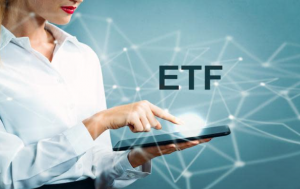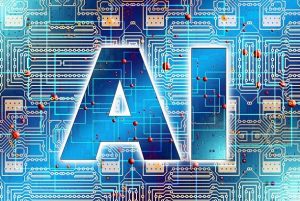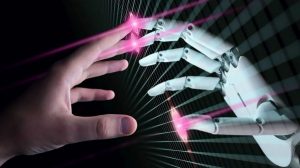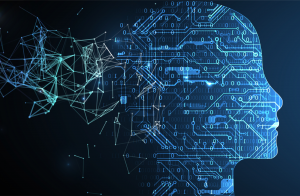Top 5 Autonomous AI Agents in 2023
4 min readTable of Contents
Autonomous AI agents have proven to be one of the most important innovations in generative AI this year. Below we highlight five of the best tools on the market.
Autonomous agents are one of the most significant innovations in generative AI this year. These tools have shown how AI can be used to create, prioritize and complete tasks on the internet without human supervision.
With an autonomous agent, one can input an initial goal or task into a large language model (LLM), whereupon the solution completes the task and creates subsequent steps as part of a continuous loop.
This allows the AI-based programs to handle the tasks such as creating content, writing code, conducting research and data analysis, compiling task lists, designing websites, or even managing a social media account on their own.
In short, autonomous AI agents offer companies a wide range of uses to draw upon. Below are five of the leading autonomous AI agents on the market.
Top 5 Autonomous AI Agents
1. AutoGPT
AutoGPT is an open source autonomous AI agent developed by Toran Bruce Richards and released in March 2023. It should be able to work with GPT-4 and GPT 3.5 .
Users enter a goal or task in natural language, and AutoGPT breaks it down into subtasks before deploying new agents to fulfill those tasks.
These can include developing a website, creating content for social media, writing emails and marketing copy, or even translating text.
It should be noted that to use it, you not only need to install AutoGPT and Docker locally, but you also need to have an OpenAI account with the ability to create API keys.
2. BabyAGI
The Python script BabyAGI was developed by Yohei Nakajima and launched in April 2023.
It can automatically create, execute, and prioritize subtasks in real-time using OpenAI ‘s GPT-4, Pinecone ‘s vector search , and LangChain ‘s framework. The solution works through the use of three main agents:
- A task execution agent completes the first task in a task list;
- A task creation agent generates subtasks based on a predefined goal and the result of the previous task;
- A prioritization agent determines the order of tasks to be completed.
Within this framework , GPT-4 creates, completes and prioritizes tasks. Pinecone stores and retrieves task-related data such as descriptions and results.
LangChain enables the agent to be more data aware and complete tasks or make decisions more effectively.
3.AgentGPT
AgentGPT is an open source tool. It was developed by Asim Shresta, Srijan Subedi and Adam Watkins and released in July 2023. The program offers the possibility of creating and operating autonomous AI agents via a web browser. These can create and execute subtasks.
When programming AI agents via AgentGPT ‘s platform, each agent is assigned a name and target and connected to GPT-4 and GPT-3.5 Turbo .
In addition, AgentGPT can retrieve the task results to learn from them. This involves developing a history of task execution stored in the open source vector database Weaviate.
While AgentGPT is similar to other autonomous agents such as AutoGPT, the key difference is that it is a web-based platform that does not operate locally. The model can be customized using the OpenAI API key.
4. SuperAGI
SuperAGI is an open source framework for autonomous AI agents. It enables the development and management of autonomous agents.
SuperAGI allows agents to be assigned custom goals and instructions, as well as specific tools and open source models to use.
A notable feature of SuperAGI is the ability to run and manage multiple agents simultaneously via an action console. In the action console, users can make entries and configure permissions.
There is also an agent feed page where you can track the activities carried out by an agent in real time.
To use SuperAGI, you need an API key from an LLM provider, install Docker, and have a GitHub account.
5. MicroGPT
MicroGPT is a pre-trained language model developed by Sin Liang Lee, trained on an RTX4060 8GB with a 6GB dataset and has 82 million parameters. MicroGPT ‘s lightweight architecture is designed to use GPT-3.5 and GPT-4 to perform basic tasks.
This includes analyzing stock prices, conducting network security or penetration tests, creating digital artwork, or even ordering pizza. The results of each task can be pushed to the user’s desktop.
The small number of parameters means that MicroGPT is less suitable for larger, more complex tasks. You also need Python, Git and a code editor to install the program.
Conclusion
The rapidly growing ecosystem of autonomous AI agents has just made a small beginning. There will undoubtedly be more open source projects created by 2024. Companies are still looking to experiment with autonomous AI agents should always assess the risk before adopting them to ensure they don’t introduce new vulnerabilities that can be exploited by cybercriminals.







